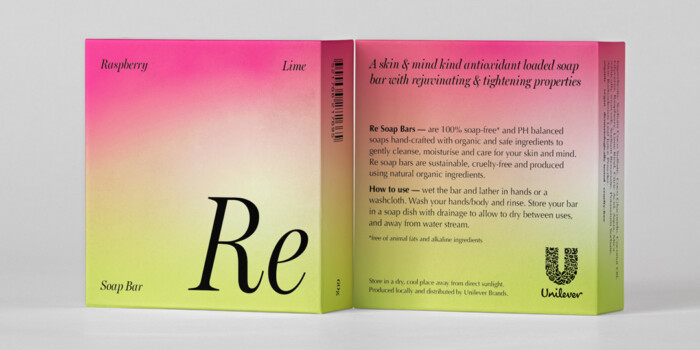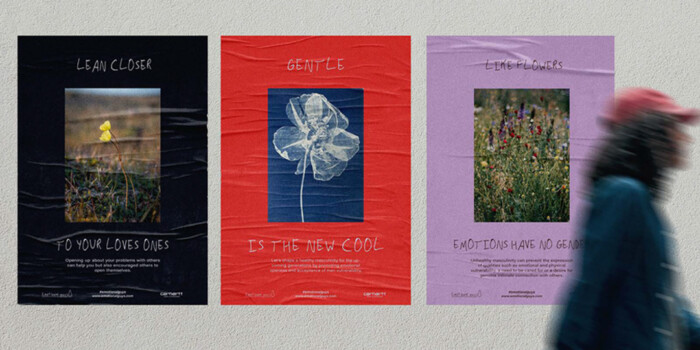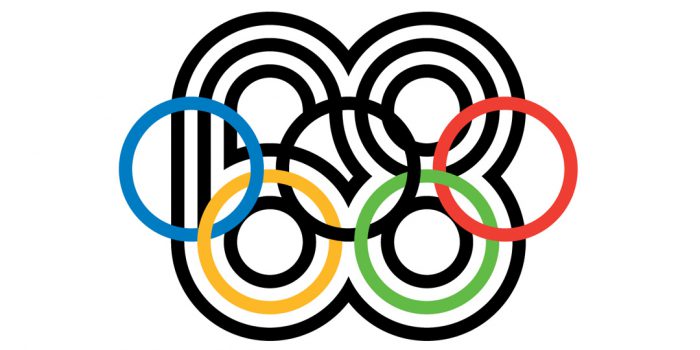Abram Games: Famous 20th Century British Graphic Designer

On Thursdays at Shillington, our teachers like to take their class back in time and introduce some of their favourite graphic designers from the past—think of it as Design History 101 meets the hashtag era. Previously featuring design legends Margaret Calvert, Saul Bass and László Moholy-Nagy, we are reviving our #tbt series for 2019. Kicking off proceedings is one of Britain’s finest, Abram Games.
Born in 1914 to Eastern European immigrants in Whitechapel, in the East End of London, Abram Games went on to become one of the most important and influential graphic designers of the 20th century. Covering everything from World War 2 to the Guinness and the London Underground, Games produced not only a enduring body of work but also an incredible record of social history.
Games enrolled at Saint Martin’s School of Art at 16, but left after only two terms—he had felt disillusioned by the teaching and worried about the expense of studying. He quickly found himself a job as ‘studio boy’ for the commercial design firm Askew-Young whilst attending life drawing classes in the evenings, determined to establish himself as a poster artist.
“Maximum meaning, minimum means”
Games’ famous motto was something he fully embodied in his design work—he wanted clear, punchy text combined smoothly and masterfully in to his images. His work became instantly recognisable for its “striking colour, bold graphic ideas and beautifully integrated typography”. He turned highly complex issues into beautiful and beautifully simple designs.

When designing his posters, Games would start with up to 30 preliminary sketches before combining his two or three favourite in to his final design. These sketches were always small as Games argued that if poster designs “don’t work an inch high, they will never work”. His final design was truly his final design—he only ever offered clients one version, and they could take it or leave it.
Wartime Posters
Games, like many others, was conscripted into the British Army at the start of World War 2. He served in the army for two years until he was approached by the War Office’s PR Department in 1941—they were looking for a graphic designer to produce a recruitment poster for the Royal Armoured Corps.
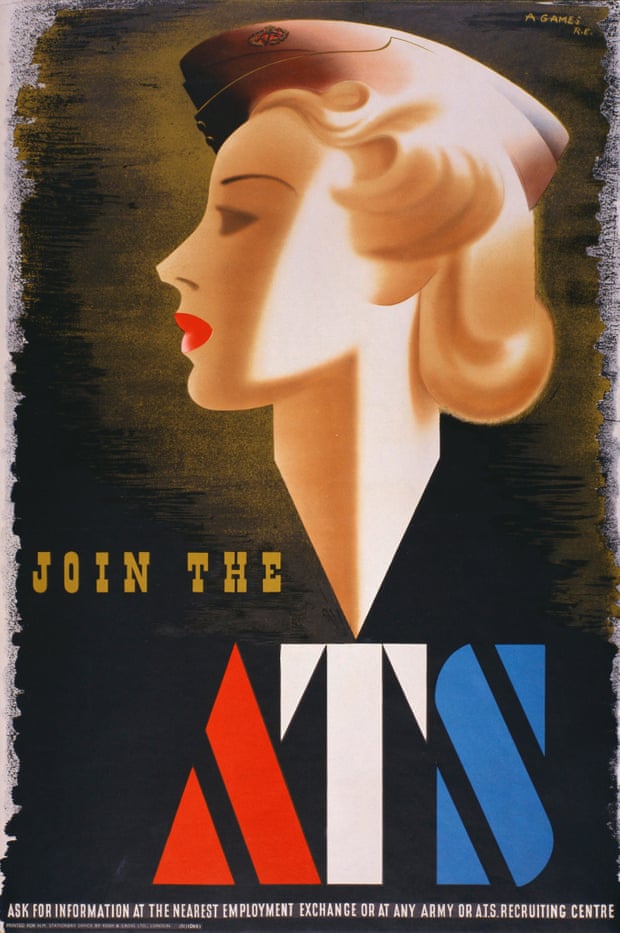
From this, Games became an Official War Artist creating over 100 posters throughout the War. One of the most famous of these posters was for the Auxiliary Territorial Service, the women’s branch of the army, which became known as ‘The Blonde Bombshell’. This was one of the very few occasions where Games had to submit an alternative design as his first was said to be “too glamorous”—encouraging women to sign up for all the wrong reasons. The final design was still criticised by Winston Churchill for being “too soviet”.
Games’ most effective works from his time as an Official War Artist were the ones he cared about the most—striking posters encouraging people not to waste food or not to speak carelessly and accidentally help the enemy.
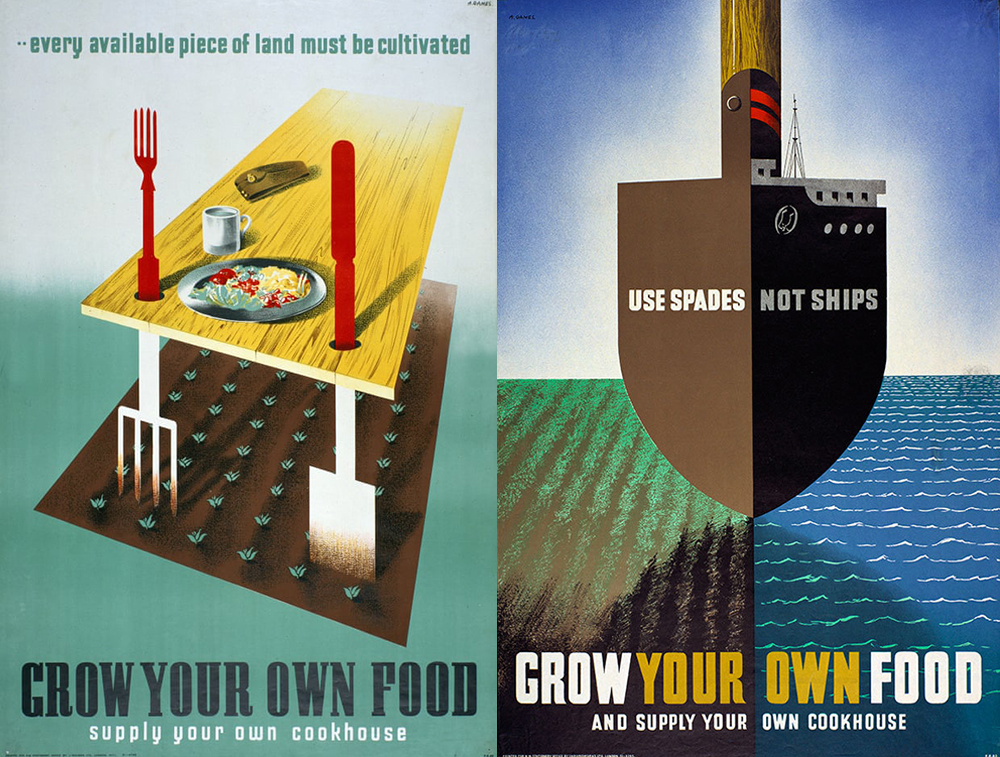
Freelance Work
Once the war was over, Games quickly returned to his freelance work—he had never felt that comfortable working for others. One of the first people exposed to the horrors of the Holocaust, Games began working tirelessly for the Jewish cause, producing work for many Jewish organisations. One of his most compelling posters is ‘Give Clothing for Liberated Jewry’ (1946) which, based upon an starving prisoner of Bergen-Belson concentration camp, is a haunting reminder of the Nazi atrocities.

One of the designer’s most pioneering contributions was the first on-screen moving symbol for the BBC in 1954. Long before the BBC Creative team existed, Games created the first ever TV indent which laid the way for all the idents that have followed since and the idea that TV channels themselves can have a brand. In fact, it wasn’t until Games’ BBC commission that graphic design for TV was even considered a serious discipline.
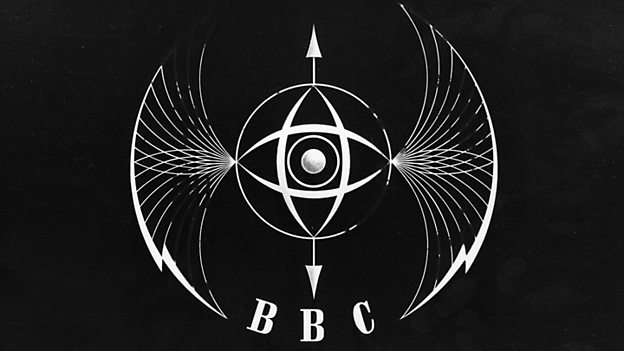
Alongside this, Games worked on a huge number of campaigns for well-known brands and companies, including Guinness, The London Underground, The Financial Times and the island of Jersey. Some of his work for the Underground can still be seen today—he designed a swan mosaic for Stockwell station on the Victoria Line. He also dabbled briefly in industrial design, designing the vacuum coffee maker for Cona in 1947, which is still in production today.
Accolades
In 1958, Games’ incredible output and international stature was recognised and he was awarded an OBE for services to graphic designer and was appointed as Royal Designer for Industry the following year.

He also spent seven years teaching at the Royal College of Art and was renowned for his meticulous working methods which, in 1960, were outlined and published in Over My Shoulder, a book he produced himself. Sadly now out of print, you can still track copies down online to learn from the master himself.
Five years before his death in 1991, his unbeatable lifetime achievement was recognised by his peers when he was recieved the Designers and Art Directors Association President’s Award.
Want to discover more? Take a delve into our #tbt archives and learn about some more legendary designs and designers.
Want to win some amazing prizes and stay in the loop with all things Shillington? Sign up to our newsletter to automatically go in the draw.



